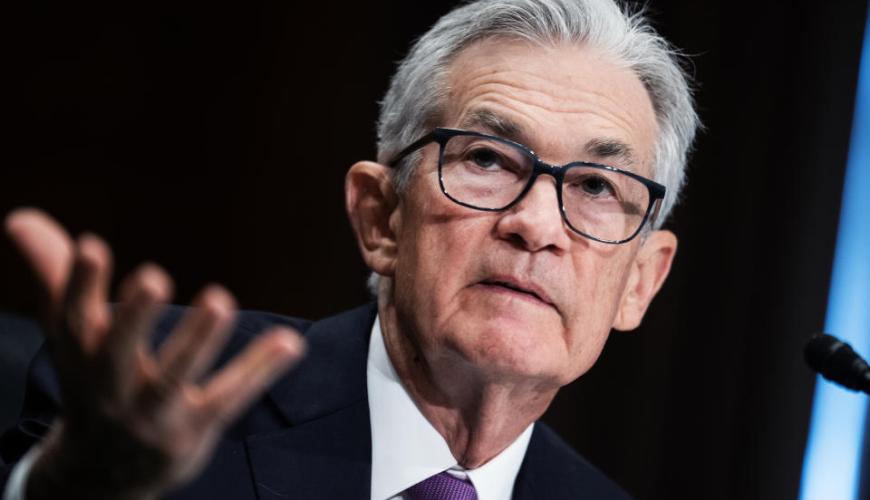Investors are about to find out whether Fed still expects 3 rate cuts in 2024

Markets are on edge this week as Federal Reserve officials prepare to signal whether they still believe three interest rate cuts are likely in 2024.
That new projection on Wednesday will come in the form of a so-called "dot plot," a chart updated quarterly that shows the prediction of each Fed official about the direction of the federal funds rate.
In December, the dot plot revealed a consensus among Fed officials for three cuts for 2024, the first sign that the central bank was prepared to start loosening monetary policy.
Now that projection is in question following a string of hotter-than-expected inflation readings and cautious commentary from Fed officials.
"This does leave a degree of uncertainty as to when they cut first and what they’ll do on the dot plot," said Wil Stith, bond portfolio manager for Wilmington Trust. "Will they leave it at three cuts or will they change that?"
Fed Chair Jay Powell and his colleagues have been emphasizing for months that they want to be sure inflation is moving "sustainably" down to their 2% target before starting cuts. They are widely expected to hold the Fed’s benchmark rate steady at this week’s Federal Open Market Committee meeting, leaving it at a 23-year high.
Investors have been adjusting their bets on when those cuts could start. After beginning the year predicting six cuts starting in March, they now expect three starting in June. Even the odds of a June cut have been falling in recent weeks. After June, the Fed only has four more meetings in 2024.
"If anything, the message hasn't really changed," Charles Schwab's Kevin Gordon told Yahoo Finance Live last week. "It's really been the market that's been jumping around in terms of when it expects rate cuts to start and how many you're going to get this year."
Two former Fed officials who used to take part in such deliberations — Esther George and Jim Bullard — told Yahoo Finance they are not expecting predictions to change significantly this week.
"Maybe you'll see some more people say fewer cuts than they had before," said George, the former president of the Kansas City Fed. But it’s unclear whether that’s enough to change the median of three cuts for the year, she added.
Bullard, the former St Louis Fed president, said that "unless you think you've seen really dramatically different data, you usually don't change your forecast all that much."
In fact, Bullard said there is enough data to support cuts right now, and he doesn’t think the hotter inflation readings from the Consumer Price Index recently are enough to change the outlook for 2024.
He instead pointed to the Fed’s favored inflation gauge, the core Personal Consumption Expenditures index, which was 2.8% as of January and could drop to 2% by the third quarter.
The Fed could make its first cut, he said, once that reading gets to a range of 2.5%-2.7%.
"I always felt like there was an implicit zone for the committee of 1.5% to 2.5%," said Bullard, who is now dean of the Mitchell Daniels School of Business at Purdue University, while also admitting "it's tough to move if the inflation data is kind of zigging or zagging in the wrong direction."
A few market observers say the recent readings suggest that zero cuts are now a possibility for 2024, while some are urging the Fed to wait past June before making any moves.
Wilmington Trust's Stith predicted Fed officials will keep their consensus for three cuts in 2024, but he doesn’t expect those cuts to begin until late summer.
"And if they do get rates down to 4.75%, given financial conditions, is that really going to result in a 2% sustainable inflation level or not?" he said. "I think that's sort of in the back of the market's mind given all the strength we’re seeing."
Powell said two weeks ago in semi-annual testimony before the Senate that the Fed is "not far" from the confidence it needs to cut rates, while some of his colleagues have suggested over the last month that it could happen "later this year" or during the summer.
For the Fed to cut rates, officials will need to see certain components of inflation — like housing and services — come down to gain confirmation that inflation is returning to 2%, according to George.
"This committee has been pretty clear given what happened where inflation got out from under them and they thought it would be transitory that now they are quite determined to restore their credibility and get back to 2%," she said.
